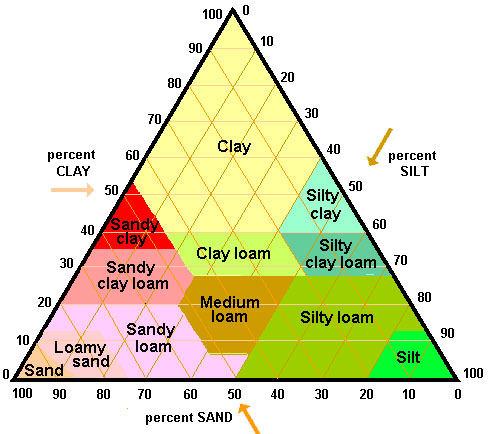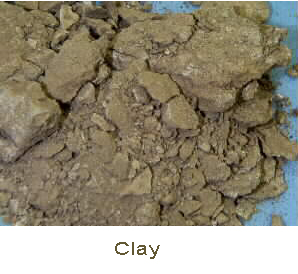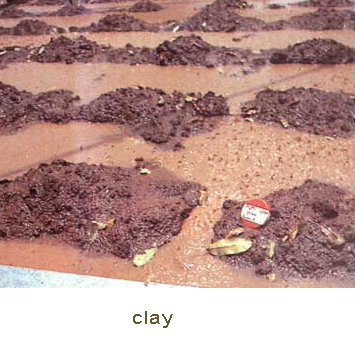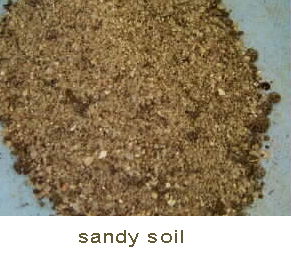

Judson Sullivan and Alison Scheetz - Spring 2005 |
||
| Introduction | ||
There is a clear understanding of the importance of protecting both the quality and quantity of our water resources. Many landscapes currently require a significant volume of irrigation and a strict regime of chemical fertilization to maintain plain health and aesthetics. This is often due to developers focusing on the short term costs of development with little consideration of the importance of good soil preparation and its long term benefits. This practice of inadequate soil preparation results in long term maintenance, irrigation, and plant health issues. The subsequent irrigation and fertilization regimes that are required to sustain plant health in these tragic systems have a detrimental effect on both the quality and quantity of the water supply. It is difficult to properly amend and prepare soil once a landscape has been installed. But, if soil is appropriately amended and vigorous plant growth is encouraged, the capacity of a site to filter urban pollutants is greatly increased. Although practices of mulching, composting, and amending the top few inches of the soil are all helpful in boosting plant and soil health, there is truly nothing as effective as proper soil preparation prior to planting. n this investigation we will look at some ways in which amendment of the soil, and subsequent mulching and composting can effectively maintain a healthy landscape. This also minimizes the demand for irrigation and enhances water quality by severely reducing the need for chemical inputs (fertilizers, herbicides, and pesticides) through maintaining a healthy soil ecosystem.
Soil texture and water quality Understanding soil texture is crucial to deciding on an effective soil management strategy to improve and maintain soil health and water quality. A soil's texture is defined by the size of its primary particles. There are three types of mineral particles: clay, sand or silt. Clay has the smallest particles, sand the largest, and silt particles are intermediate in size. While most soils have a mixture of all three types of particles, soil texture influences water flow and penetration, as well as the ability for contaminants to leach into ground water. Good soil and water conservation practices are recommended for all soils; however, there are a number of risks associated with particular soil textures that should be considered.
|
||
Clay soils
|
||
Sandy Soils
|
||
Silty soils
|




